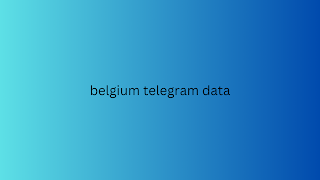Oneliner(s)
One or more sentences, also called slogans , that briefly stimulate your target group, show a promise or summarise what you do in an attractive way.
Illustrations
Sometimes it is nice to use icons. This creates a playfulness on your website and allows you to distinguish components (such as your services) on your website a little better from each other. You can integrate standard icons by using Font Awesome , for example . This is a collection of thousands of icons that you can use directly on your website. You can easily adjust the size and color to your own design.
Logo
Do you have your shapes, colours and typography clear? Then developing a logo does not have to be difficult. With a beautiful and suitable font you can often come a long way. Do you want to pay more attention to this or do you have a complicated idea? Then hire a designer.
Tip: make a mood board of the above points. This way you can see exactly if the house style feels good and fits you (company). You can of course do this offline (cut and paste), but this can also be done digitally in Canva for example .
Have you mapped out the above points well? Then you have most of the work behind you. In the last three points we will bring all the input together in your website.
Navigation structure
Start with the navigation structure. Check which components you have and determine which components go on which pages. Your most important pages form your navigation structure. Less prominent pages (such as your privacy statement) do not need to be included in the navigation structure, but for example at the bottom of belgium telegram data your page (in the footer).
Make sure your contact page is always at the top right of your navigation. This is the most logical place and should be easy to find for your visitor. We advise not to use more than five (main) navigation items. It should remain clear.

What do you put where?
Then you look at what will be where. Draw this out for yourself with blocks (per page). Make sure that the visitor is immediately stimulated upon entering. This is the first thing your visitors see and the moment they decide to scroll further or leave the site immediately. The choice of image and message are therefore very decisive at this point.
Below you determine in which order you want to process points 1 to 5. Consider which items are important to you and your target group and should therefore be at the top. This can be different for every entrepreneur. What information is your visitor looking for? For example, they may want to buy something, make contact, find your location, get an answer to their questions, get a taste of the atmosphere, or find out who they are dealing with.
Next, you think about which areas contain a CTA ( call-to-action ) and which parts need a new page (click-through). The theme you choose at point 9 can be adjusted to your conceived structure.
